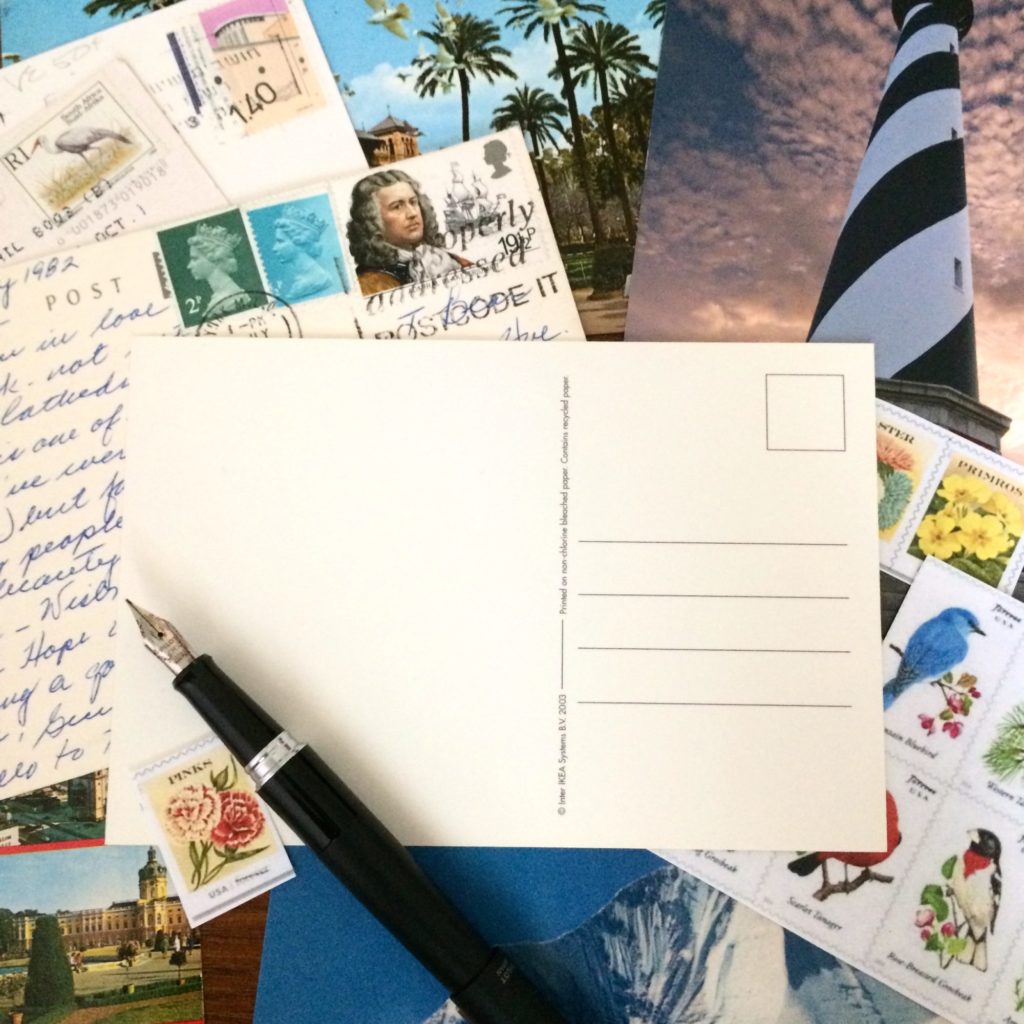Poetry as Correspondence
National Poetry Month Writing Project: Poetry as Correspondence
Ages: All ages (scroll down for a kid-friendly version of the writing exercise)
Description: In celebration of National Poetry Month, we invite you to use this writing exercise to generate a brand new poem of your own! Check back each week for a new writing exercise, and share the poems you’re writing with us on social media using the hashtag #visartspoet.
Prompt: Correspondence:
As many poets will tell you, poetry has the incredible power to connect people, often across great distances of time and space. And what better way to connect than to write a letter?
An epistle, or an epistolary poem, is a poem written in the form of a letter. Using specific, concrete language, write a message that might traverse a distance to reach your intended reader.
Consider the implied audience, or who you might address your letter to. (Are you writing to someone you know? Someone you wish you knew? Someone you’ve imagined?) Consider the speaker, or the voice speaking in your poem. (Do you write in the voice of yourself? A persona, the voice of someone else?) Consider the setting. (Are you writing from where you are now? A time/place of personal memory? A time/place that is fantastical or otherwise not of this literal world?)
As for the form, you might shape this poem into a prose poem (a poem with no lines breaks), or you might write a lineated poem where the lines correspond to the length of a thought (breaking the lines every time you feel your mind takes a pause before the next thought).
To get inspired, check out some of these epistolary poems :
- “Dear J.” by Kazim Ali
- “A Letter” by Louise Boga
- “Dear P. [If you are]” by Victoria Chang
- “Dear March – Come in – (1320)” by Emily Dickinson
- “Letter to Brooks: Spring Garden” by Major Jackson
- “The Letter” by Mary Ruefle
Want to share what you’ve written? Take a picture of your poem, or make a video of yourself reading it aloud, and share it on social media! Don’t forget to tag us with #visartspoet and @visartsrva.
Kid-Friendly Writing Exercise:
Think of someone you wish you could talk to right now. (This could be a real person who you know, or a fictional character that you or someone else made up.) Write them a letter, in the form of a poem!
You might tell them about the place where you are right now, or you might use your imagination and pretend you’re writing from somewhere else. (Examples: A favorite place you’ve traveled? A desert island? Outer space?) Your letter/poem doesn’t have to rhyme. Try to use descriptions from all of your senses (sight, sound, taste, smell, and touch) to talk about the things around you, whether that place is real or imagined.
If you want to read an example of a letter poem, check out “Dear March – Come in – (1320)” by Emily Dickinson.
Want to share what you’ve written? Take a picture of your poem, or make a video of yourself reading it aloud, and share it on social media! Don’t forget to tag us with #visartspoet and @visartsrva.
Writing exercise created by Lauren Miner